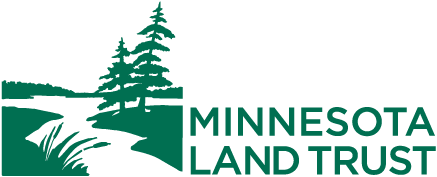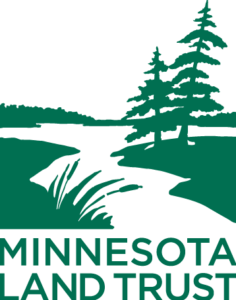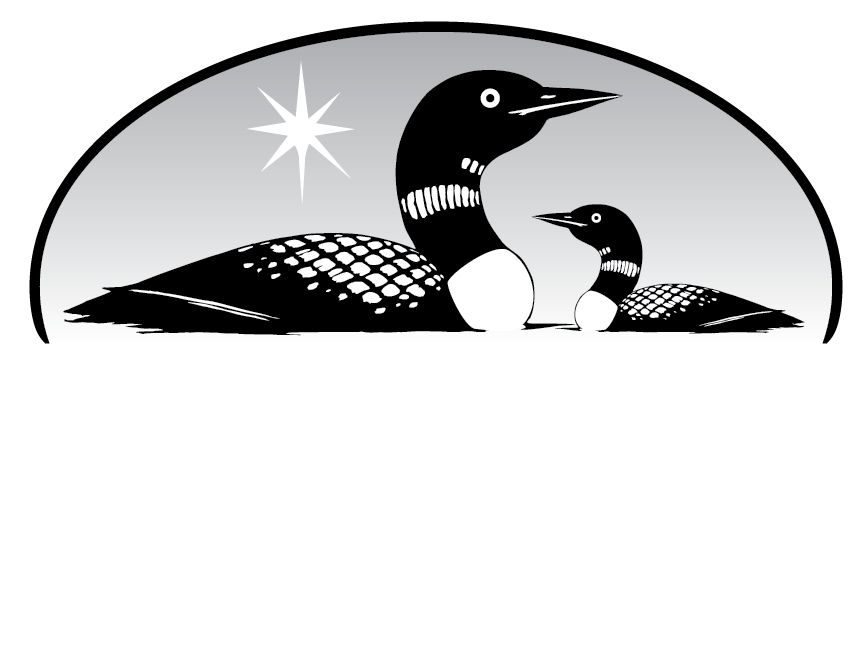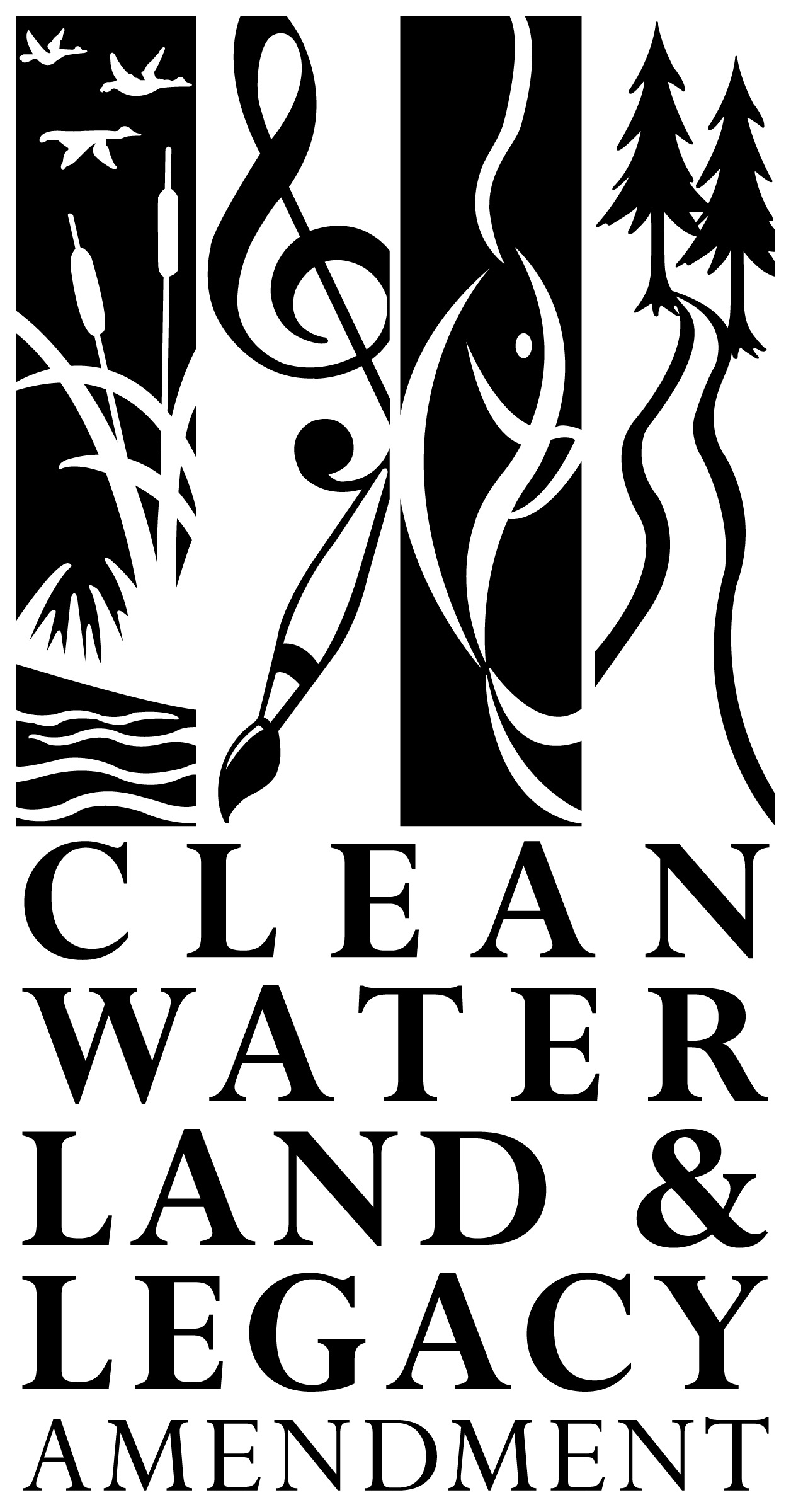Ecological restoration is direct action that aims to include, or re-establish, the full range of native plants and animals historically found on your land. Examples include: seeding native prairie grasses into a weedy field, planting white pine seedlings into a forest setting or removing buckthorn or other invasive species.
The state of Minnesota encompasses a wide diversity of native plant communities and a stunning array of unique habitats. Minnesota’s landscape is a mosaic of uplands, wetlands, lakes and rivers from the picturesque blufflands in the southeast to the rich forests of the north. This diversity of native plant communities function together to provide habitat, clean water and fresh air. Some well-known communities include tallgrass prairie in the western part of the state, boreal forests in the north and oak savannah in the transition from prairie to forest. Each of these native communities is well adapted to the local climate and regional disturbances, like fire or windstorms.
Here at the Minnesota Land Trust we use the idea of native plant communities to plan restoration projects. Plant communities are collections of plant species that are consistently associated with each other based on soil types, moisture and region of the state. Restoring Native Plant Communities ensures we have complete ecosystems that can support high-quality habitat for native fauna and can provide important ecosystem services. We think of things like water filtration, fishing opportunities and pollination as services an ecosystem provides to us. In addition to improving habitat conditions, restoring native plant communities increases our state’s scenic beauty and excellent outdoor recreation opportunities.
Although your property may have forest, wetland or grassland cover these areas may not be a complete native plant community. To be classified as a native plant community the area should have the full complement of native plant species typically found together. This distinction helps ensure restoration provides the full range of habitat and other ecosystem services. Therefore, our goal at the Land Trust is to work with landowners to restore and manage for complete native plant communities, which will enhance their land and have positive impacts on the delivery of ecosystem services.
An excellent example of how plant communities are degraded is the introduction and spread of invasive species. These non-native species are defined by their ability to aggressively replace native species and by their tendency to reduce the delivery of ecosystem services. For example, buckthorn replaces native tree and shrub species, then suppresses undergrowth resulting in increasing runoff and erosion.
All these unintended changes to our native communities are even more important to consider under climate change. Native plant communities are more resilient than degraded areas to disturbance and do a better job of providing ecosystem services. Humans depend on these services too. One effect of climate change is larger, more intense storm events. These can cause increased flooding and erosion, which could damage structures and clog waterways. Native plant communities, un-ditched wetlands and natural stream channels do a better job of reducing flooding and erosion than degraded systems. Additionally, as average temperatures continue to increase, putting stress on our native flora and fauna, these species will be better able to survive and adapt in non-degraded ecosystems. Finally, invasive species are often constrained because they are not adapted to the cold Minnesota winters, but as our winters warm, we are seeing an increased spread of invasive species.
At the Minnesota Land Trust we strive to use the best science to proactively address these challenges. And we believe we provide a unique service to the state by working on both private and public lands. In this capacity we hope to maximize our impact in the state and to do our utmost to increase the amount of functioning, healthy ecosystems that provide important services and enjoyment to all Minnesotans.
